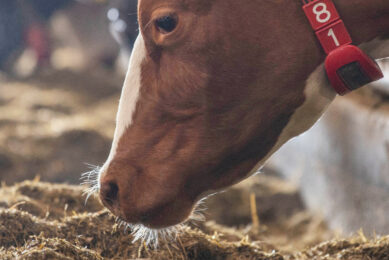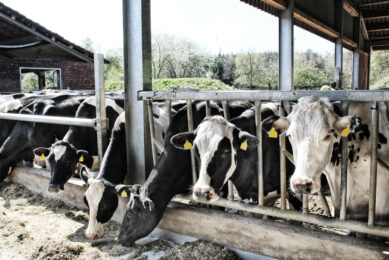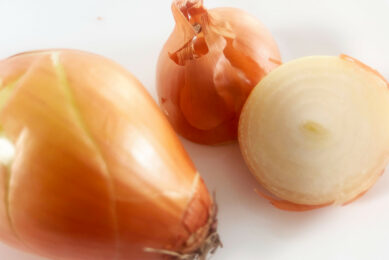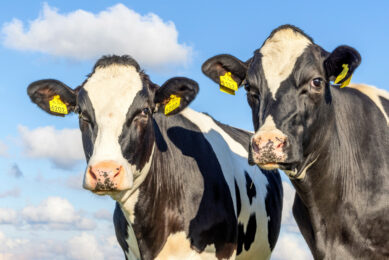Pasture-based dairying for enhanced sustainability and soil
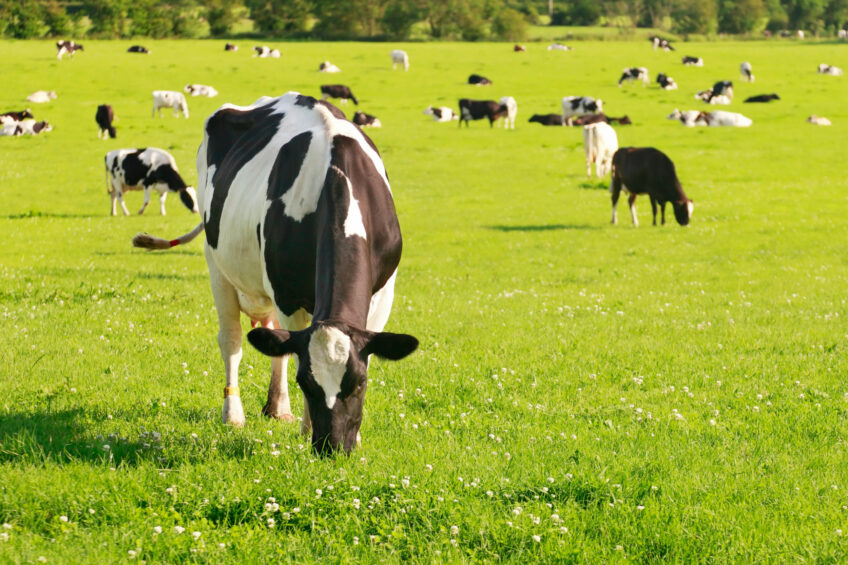
Feeding grass to cows is the cheapest form of fodder, particularly when offered in self-service pasture-based grazing systems, but this management model does not suit every farm. However, when it is possible, getting the most out of grass grazing for cows depends on specific management decisions made by farmers.
Management decisions include grazing dates, reseeding plans, field use and stocking densities. Research has shown that there are many advantages to allowing cows to graze grass freely, including improved health and welfare. There are also sustainability and environmental benefits, depending on the farm and its management system.
7 benefits of grazing systems
A number of studies around the world have identified the following as the main benefits of pasture-based systems:
- Cows grazing outdoors produce higher concentrations of healthier milk fats.
- Better overall health of cows compared to those kept indoors, particularly regarding fewer cases of lameness and mastitis.
- Indications of improved cow welfare, with increased behavioural freedom and an overall preference for pasture when cows are free to choose between it and housing.
- Cows kept outdoors generally experience fewer problems calving, less uterine disease, improved ovarian activity and heat expression after calving, and reduced early pregnancy loss rates.
- Lower environmental impact as there is less reliance on concentrates and fertilisers. There is also less need to store and spread cow manure, thus minimising emissions.
- In some countries, farmers who graze their cows outdoors receive higher payments for their milk thanks to customer demand for such management.
- When cows graze outdoors, nature is allowed to do its thing, pasture is in better condition with the manure and grazing times.
Technology
Keeping an eye on grass growth, type, and nutritional value is a major task for farmers, but there are new modern technologies available today to help. These include satellite technology to identify the best areas to grow grass, and areas that need better management for weed control or areas that need a nutrient boost. Other technology available includes electronic rising plate gauges, drones, and autonomous vehicles to help monitor forage availability and detect animal health issues.
Better use of grazing platforms can also be boosted by using virtual fencing technology where solar-powered collars and apps decide where the cows can graze each day. Farmers can easily monitor the grazing patterns of the animals in the pasture and change the parameters each day via the app, to give them more or less grass at each visit. Obviously, the farmers themselves, with their own knowledge and experience play a vital role in producing the best grass on their farms.
Developing a dairy farm
David Hunter is a young farmer from Newtownstewart in Northern Ireland who decided to take his farm in a new direction. After much consideration, David decided to convert the suckler, sheep and arable enterprises on the home farm into a new dairying enterprise. Back in 2012, he began the building work by constructing a new slatted cubicle house and then installing a milking parlour.
Milking began in the spring of 2013, and David currently has a herd of 120 milking cows. Calving usually starts in early February each year and continues until the end of April, with about 80% of the herd calving in the first 6 weeks.
One of David’s first tasks when developing the farm was to map out the fields so he could get the most out of a pasture-based system. “The herd is very much grass-based, with grazing from mid-February to mid-November, weather permitting,” he said. “We developed new tracks, a paddock system and water supply. At this stage we have reseeded the entire grazing platform and are focusing on improving soil fertility.”
Connecting a farm’s breeding policy to the type of land and grazing system it operates is also very important to achieve the best results from grass. For his fields, David wanted a smaller cow that would perform well on extended grazing seasons. With this in mind he has been using Jersey Holstein cross cows and is now adding Viking Red into the mix to further enhance milk quality.

His cows currently yield 12 litres at 5.81% butterfat and 4.24% protein from 3kg concentrate. The overall herd performance for the 2023 benchmark year was 7,080 litres per cow at 4.63% butterfat and 3.67% protein, with a feed rate of 0.28kgs of concentrate fed per litre of milk produced.
Always looking to improve efficiency, David has recently upgraded the parlour to a 14/28 unit with ADF (automatic dip and flush). He has also purchased a GPS-controlled fertiliser spreader, with weigh cells and section controls to reduce fertiliser waste. A new Lely robotic scraper and automatic calf feeder have also been recently installed to help improve labour efficiency.
Because David is interested in grazing and grassland management, his farm became a Grasscheck unit and a grass partner farm for DLF seeds. This means he regularly measures grass growth and records paddock performance, as well as trialling various grass varieties. Currently, David averages 13 tonnes of grass dry matter per hectare throughout the grazing season. His passion for grass and grazing led to him winning the Ulster Grassland Club’s Farmer of the Year award in 2024.
Summary
Pasture-based systems alone will not suit all herds, especially those with high-yielding cows, as grass-only diets cannot sustain such high production. However, in countries where fresh grass can be grown quickly and continuously after each grazing pass, the system works well and is cost-efficient for many herds. There are many benefits associated with outdoor grazing, such as improved animal health and welfare as well as, better consumer perception of dairying.
Join 13,000+ subscribers
Subscribe to our newsletter to stay updated about all the need-to-know content in the dairy sector, two times a week.



